- Locations
- Find a Physician
- By Physician
- By Department
- The Center for Spine Health
- Hand & Wrist Center
- Shoulder & Elbow Center
- Foot & Ankle Center
- Joint Replacement Center
- The Sports Medicine Center
- Pediatric Orthopedic Center
- Trauma & Fracture Center
- Osteoporosis and Bone Health
- Oncology Center
- Cartilage Repair Center
- Concussion Rehab Center
- OrthoDirect
- Careers
- Patient Portal
- Intranet
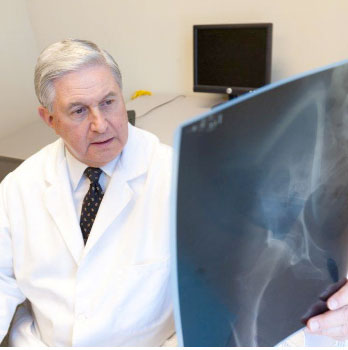
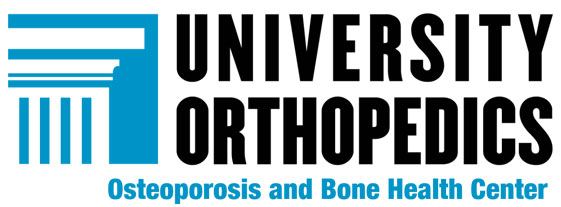
Older people who have suffered a hip or vertebral fracture, or low energy fragility fracture are at extremely high risk of another fracture yet the majority do not receive appropriate evaluation or treatments following their fractures.
Our program is designed to diagnose osteoporosis and other bone conditions that contribute to fractures and to provide treatment to prevent secondary fractures.
Who we are | Osteoporosis | Who should be evaluated? | Analyzing bone density (DEXA) | Symptoms
Diagnostic services |
Treatment Options | Visit Schedule | Bone health news and updates | For Providers
Who we are
Roy Kenneth Aaron, M.D., a specialist in arthritis and metabolic bone disease, is an attending orthopedic surgeon at Miriam Hospital. He is Director of clinical research for the department, and Director of the Orthopaedic Cell Biology Laboratory. He is also Director of the Brown / VA Center for Restorative and Regenerative Medicine.
Contact The Center for Osteoporosis and Bone Health
For questions or to make an appointment, please call 401-274-9660, option #1
What is Osteoporosis
- Osteoporosis occurs as a response to hormonal or metabolic disturbances resulting in calcium resorption from the bones.
- It is the most common cause of low bone density and predisposes people to low injury fractures.
- Osteoporosis can occur or be worsened by lifestyle habits such as activity, diet and medications.
Risk Factors for Osteoporosis:
- Women, especially after menopause are more likely to develop osteoporosis then are men.
- Age, osteoporosis tends to worsen with age
- A family history of osteoporosis or low energy fracture
- Medical conditions such as diabetes, excessive alcohol intake, gastrointestinal disorders, or kidney disease
- Dietary factors, such as low calcium or vitamin D intake, eating disorders, lactose intolerance, or gastrointestinal surgery
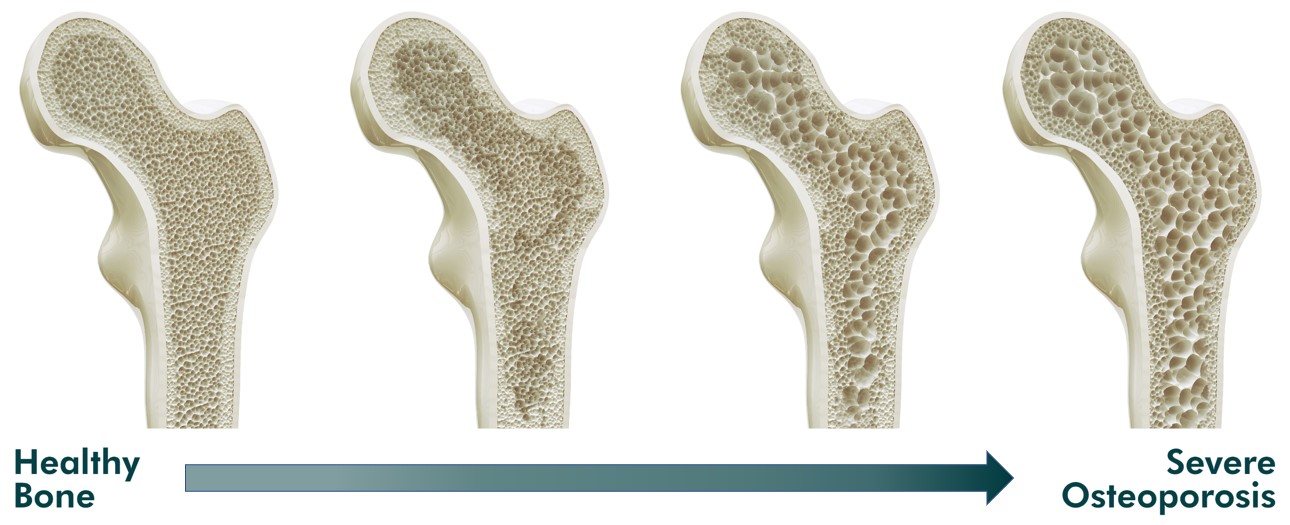
Complications of Osteoporosis
- The first hip, spine, or low energy (fragility) fracture, especially in patients over 50 years of age, is a signal event identifying a risk for future fractures.
- Fractures often result in pain, deformity, loss of independence and loss of function
- Fractures often require surgical intervention, casting, or immobilization
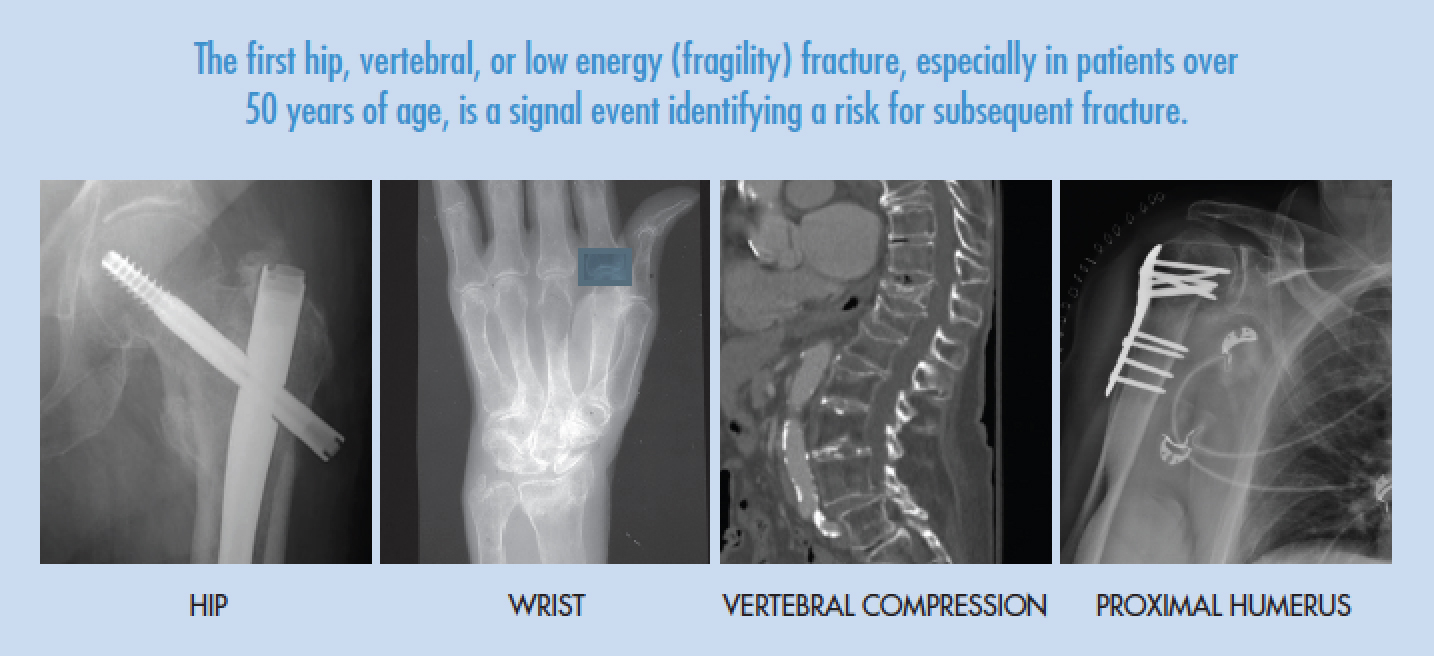

Who Should be Tested
- Greater than age 50 years with a fracture of the limb or spine.
- Fragility or stress fractures of the spine, hip, pelvis, forearm, wrist, and low energy ankle fractures should especially be tested.
- Patients with osteopenia who are planning elective total joint replacement.
- A history of reduced bone density or use of medication known to be associated with bone loss and osteoporosis such as long-term use of prednisone.
- Concern for low bone density related to endocrine, kidney, or gastrointestinal disorders including postoperative bariatric patients.
The Dexa
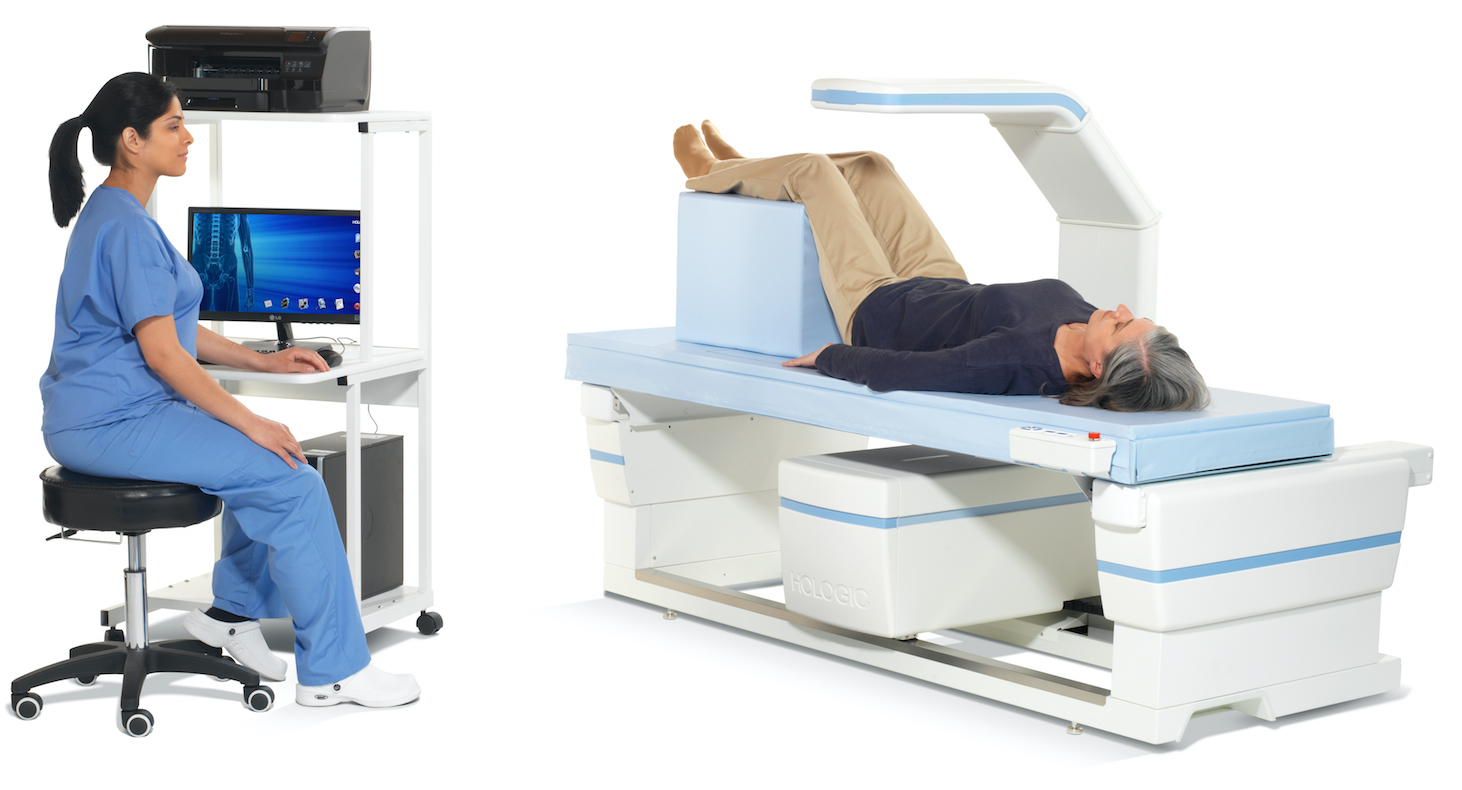
Analyzing Bone Density
- Bone mineral density or bone strength, is measured with a type of x-ray called a dual energy X-ray absorptiometry or, DEXA scan.
- The scan is entirely noninvasive, comfortable, and takes approximately 15 minutes to complete.
- The measurement of an individual’s bone mineral density is compared to values of the normal population to determine the extent of bone loss if any
- Patients under active treatment should have follow-up DEXA scans at 1 year intervals.
Why should you have a DEXA scan?
- Bone mineral density or bone strength, is measured with a type of x-ray called a dual energy X-ray absorptiometry or, DEXA scan.
- The scan is a non-invasive, unenclosed, minimal intensity x-ray that evaluates bone density in 15-20 minutes.
- The measurement of an individual’s bone mineral density is compared to values of the normal population to determine the extent of bone loss if any
- Patients under active treatment should have follow-up DEXA scans annually.
Symptoms
Like high blood pressure, osteoporosis produces no symptoms but can result in substantial damage. In the case of osteoporosis, the damage consists of fractures, typically of the spine and hip. These fractures can result in:
- Back pain and spinal deformities from fractured vertebra
- Hip fractures requiring surgical repair, including hip replacement
- Postural deformities and poor balance
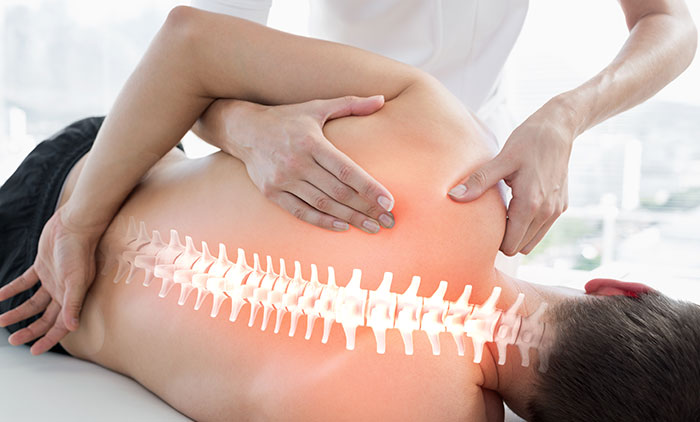
Diagnostic Services

1. Medical history focused on bone health

2. Physical examination including gait, balance, strength, and fall risk assessment

3. Measurement of bone density by DEXA scan and FRAX fracture assessment

4. Metabolic bone laboratory tests

5. Preoperative bone health optimization prior to elective procedures (joint replacement, spine)
Treatments

Counseling on diet, dietary supplements, medications, activity, lifestyle, fall risk reduction

Medications to build bone strength and reduce fracture risk: Vitamin &mineral supplementation / Antiresorptive & osteoanabolic medications
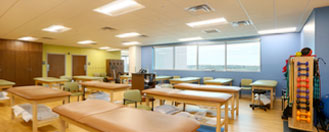
Physical therapy exercise programs for gait and balance training to prevent falls
Visit Schedule
The typical metabolic bone patient schedule consists of:
- Visit 1: History and physical exam; DEXA scan; labs as needed
- Visit 2: Follow-up on labs; institution of pharmacotherapy or other interventions as appropriate.
- Visit 3: One-year follow-up for annual DEXA to assess treatment efficacy

Bone Health News and Updates
Click on the following links to learn more and stay updated.
LRP5, Bone Mass Polymorphisms and Skeletal Disorders
Osteoporosis, Fractures, and Blindness

For Providers
Older people who have suffered a hip or vertebral fracture, or low energy (fragility) fractures, are at extremely high risk of another fracture. It is a consensus of many specialty societies and government agencies (* see below) that these patients need evaluation and treatment.
The recommendations for evaluation and treatment are based upon:
1. The recognition that the first hip, vertebral, or low energy (fragility) fracture, especially in patients over 50 years of age, is a signal event, identifying a risk for subsequent fracture.
2. A fracture is a multi-factorial event and half of hip, vertebral, fragility, and stress fractures occur in individuals with normal bone density as measured by dual energy X-ray absorptiometry (DEXA) scan.
3. The decision for treatment includes DEXA as one important criterion but depends on the entire clinical evaluation, not solely on the bone mineral density.
4. Low bone density does not always indicate osteoporosis but includes:
- Hyperparathyroidism
- Osteomalacia
- Renal osteodystrophy
- Hematologic malignancies
* These recommendations are endorsed by:
- the American Society for Bone and Mineral Research Secondary Fracture Prevention Initiative
- the Agency for Healthcare Research and Quality,
- the National Institute of Arthritis and Musculoskeletal and Skin Diseases,
- the National Institute on Aging,
- the National Osteoporosis Foundation,
- the American Academy of Orthopedic Surgeons,
- American Orthopedic Association,
- and the US Bone and Joint Initiative
Contact The Center for Osteoporosis and Bone Health
For questions or to make an appointment, please call 401-274-9660, option #1

